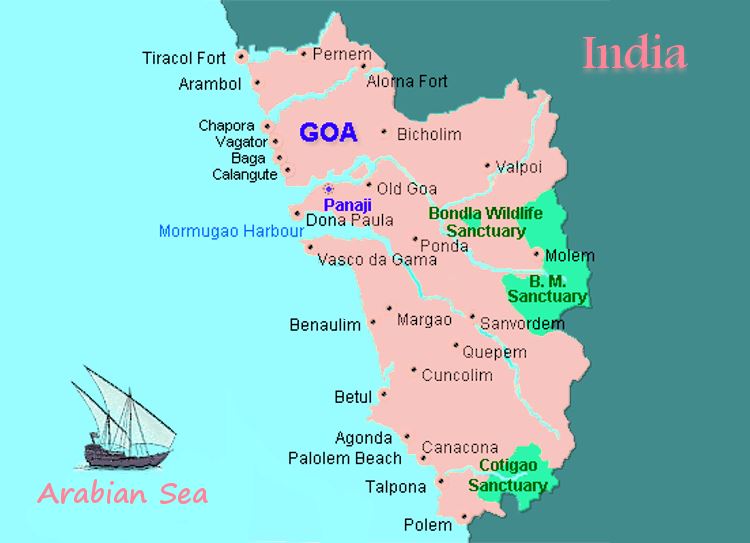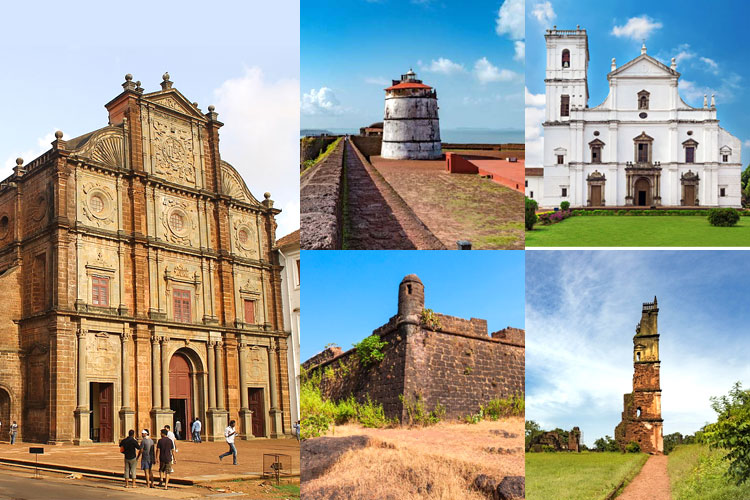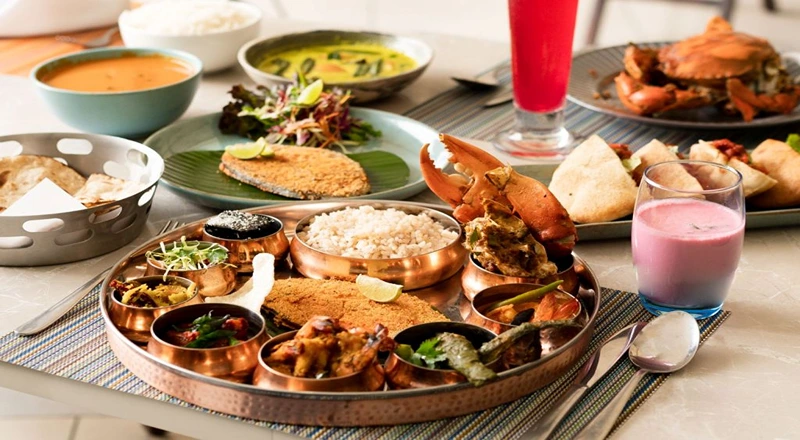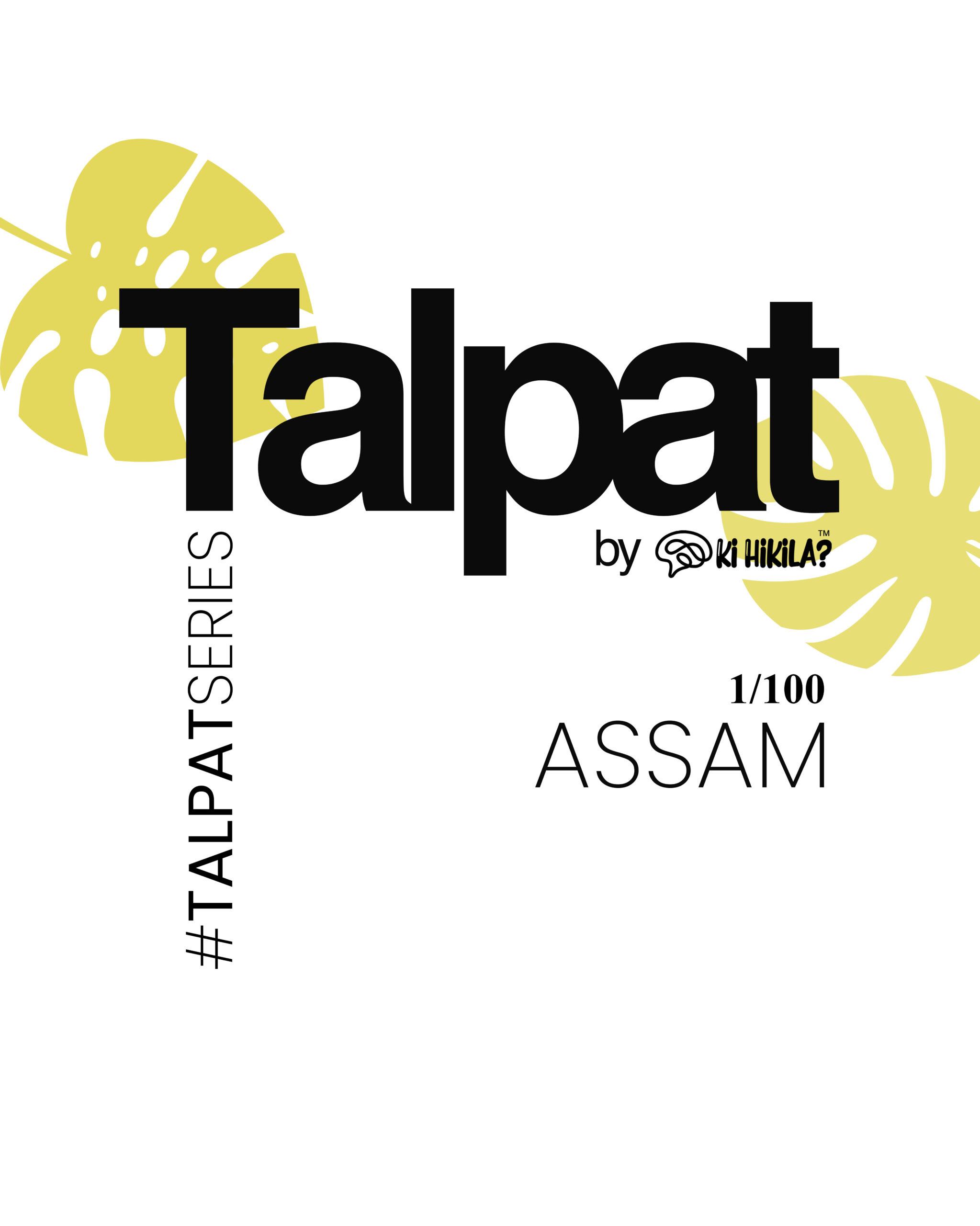Goa, a jewel on India’s western coast, is more than just a beach destination; it’s a vibrant blend of history, culture, and natural beauty, unique within the Indian subcontinent. Often referred to as “The Pearl of the Orient,” Goa stands out for its distinct Portuguese heritage and laid-back lifestyle.
1. Geography & Climate

- Location & Borders: Goa is India’s smallest state by area, located on the southwestern coast. It’s bordered by Maharashtra to the north and Karnataka to the east and south, with the Arabian Sea to its west.
- Topography: Goa’s terrain includes the Western Ghats mountain range in the east, which slopes down to coastal plains dotted with rivers like the Mandovi and Zuari. The coastline stretches approximately 105 kilometers.
- Climate: Goa experiences a tropical monsoon climate.
- Summer (March to May): Temperatures range from $30^\circ$C to $35^\circ$C, with high humidity.
- Monsoon (June to September): Heavy rainfall, with an average annual rainfall of around 3000 mm.
- Winter (October to February): Pleasant temperatures, ranging from $20^\circ$C to $30^\circ$C.
2. History & Cultural Heritage

- Ancient History: Goa’s history dates back to the Mauryan Empire. Later, it was ruled by various dynasties, including the Kadambas.
- Colonial & Post-Independence Era: In 1510, Portuguese colonizers arrived and ruled for over 450 years. Goa was liberated from Portuguese rule on December 19, 1961, and became a part of India.
- Cultural Diversity: Goa’s culture is a blend of Indian and Portuguese influences. Konkani is the official language, but English and Portuguese are also widely spoken. Religious harmony is evident, with significant Hindu and Christian populations.
3. Major Cities & Infrastructure
- Capital & Important Cities: Panaji (Panjim) is the capital, known for its Portuguese architecture. Other key cities include Margao, Vasco da Gama, and Ponda.
- Transport Facilities:
- Dabolim Airport: Goa’s primary airport, connecting it to major Indian and international cities.
- Railway Network: The Konkan Railway runs through Goa, providing excellent connectivity.
- Roadways: Well-maintained highways and public transport, including buses and taxis.
4. Economy & Industries
- Agriculture: Main crops include rice, coconuts, cashews, and spices. Fishing is also a significant part of the rural economy.
- Industries & Business Hubs: Tourism is the primary industry. Mining (though reduced) and pharmaceuticals are also important.
- Tourism Contribution: Tourism contributes significantly to Goa’s GDP. In 2019, before the pandemic, Goa recieved over 8 million tourist, both domestic and international.
5. Tourism & Must-Visit Places

- Natural Attractions:
- Beaches: Baga, Calangute, Anjuna, Palolem.
- Dudhsagar Falls: A stunning waterfall located in the Western Ghats.
- Wildlife Sanctuaries: Bhagwan Mahaveer Sanctuary and Mollem National Park.
- Heritage & Historical Sites:
- Churches of Goa: Basilica of Bom Jesus, Se Cathedral (UNESCO World Heritage Sites).
- Forts: Aguada Fort, Chapora Fort.
- Modern Attractions:
- Casinos: Goa is known for its floating casinos.
- Spice plantations.
- Festivals & Cultural Events:
6. Cuisine & Local Delicacies

- Famous Dishes:
- Fish Curry Rice: A staple dish.
- Vindaloo: A spicy meat dish.
- Bebinca: A multi-layered sweet dessert.
- Street Food & Beverages:
- Goan sausages, Ros omelette, and Feni (a local liquor).
7. Education & Research
- Top Universities & Institutions:
- Goa University.
- BITS Pilani Goa campus.
- Educational Achievements: Goa has a high literacy rate, around 88.8%.
8. Government & Administration
- Current Governance: Goa follows a parliamentary system. The current Chief Minister is Pramod Sawant.
- Administrative Structure: Goa is divided into two districts: North Goa and South Goa.
9. Unique Facts & Trivia
- Goa was the first Indian state to legalize same-sex activity.
- Goa has a Uniform Civil Code, a legacy of Portuguese rule.
- Goa has a very high HDI index compared to other states in India.
10. Conclusion
Goa’s unique blend of history, culture, and natural beauty makes it a must-visit destination. Whether you’re interested in exploring historical sites, relaxing on beautiful beaches, or indulging in delicious cuisine, Goa has something to offer everyone. Plan your trip and experience the magic of this tropical paradise!
FAQ’s
Q. What is the best time to visit Goa?
Generally, the best time to visit Goa is from mid-November to mid-February. This period offers pleasant weather, with temperatures ranging from 20°C to 30°C.
Q. What is Goan cuisine famous for?
Goan cuisine is known for its seafood, including fish curry rice, vindaloo, and various prawn dishes. Feni, a local liquor, is also popular.
Q. Is Goa safe for tourists?
Generally, Goa is safe for tourists, but it’s always advisable to take standard safety precautions, especially at night.
Q. What are the main festivals celebrated in Goa?
Major festivals include: Carnival.
Sao Joao.
Christmas.
Diwali.
Q. What are the popular historical and religious sites in Goa?
Key sites include: Basilica of Bom Jesus and Se Cathedral (UNESCO World Heritage Sites).
Fort Aguada.
Many Hindu temples that display beautiful architecture.












